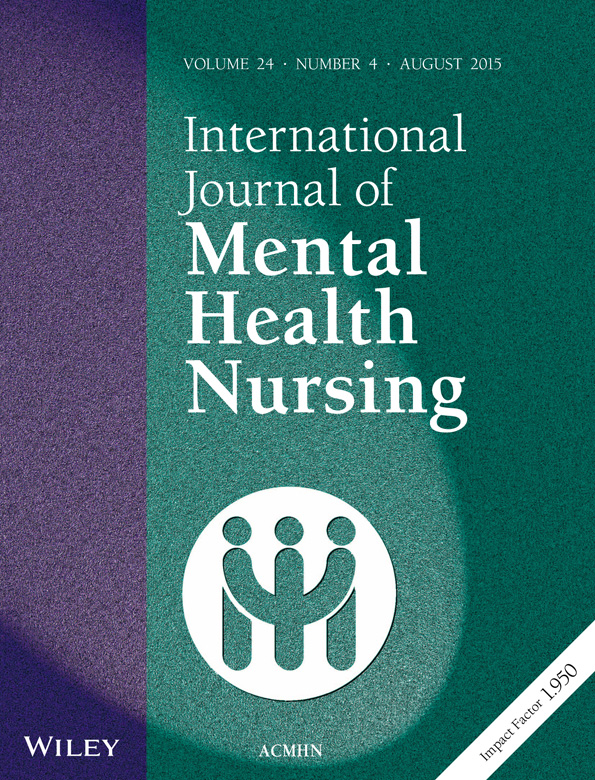The value of purpose built mental health facilities: Use of the Ward Atmosphere Scale to gauge the link between milieu and physical environment
Abstract
This study investigated changes in the ‘atmosphere’ of an acute adult mental health setting following relocation to a new purpose-built facility. The Ward Atmosphere Scale (WAS) was designed and validated for specific use in hospital-based psychiatric facilities, and measures several dimensions of an environment. In this study, the WAS was administered to consumers and staff at periods before and also after their relocation to a new purpose-built acute adult mental health facility. There were significant improvements in the physical atmosphere of the new facility, when compared with the old facility. In terms of ward atmosphere, however, improvements were seen to occur in only a small number of measures and there were minor differences between consumers' and staff perspectives on some indicators. Interestingly, it was found that consumers noted less ‘staff control’ in the new setting, raising the question of the differences in understanding of control. For staff only, there was a perception of greater levels of consumer ‘involvement’ in the new facility. Despite the minor differences in perception, the study does confirm that architecture is an important influence on the ‘atmosphere’ of a health facility, for both staff and consumers.




